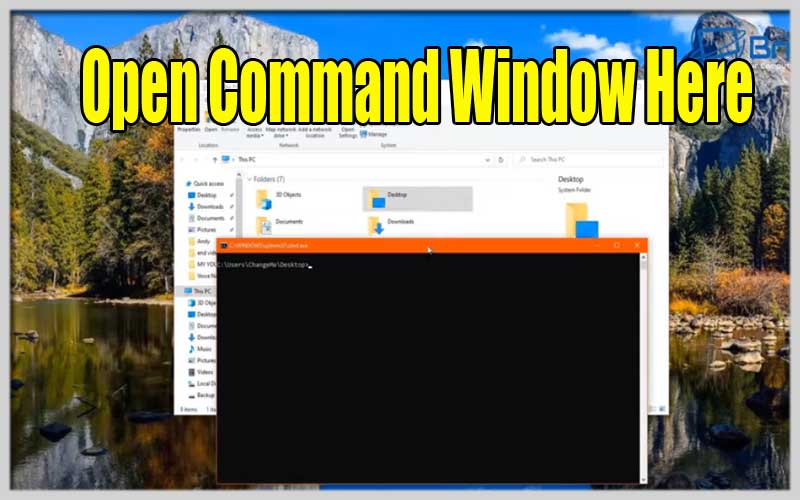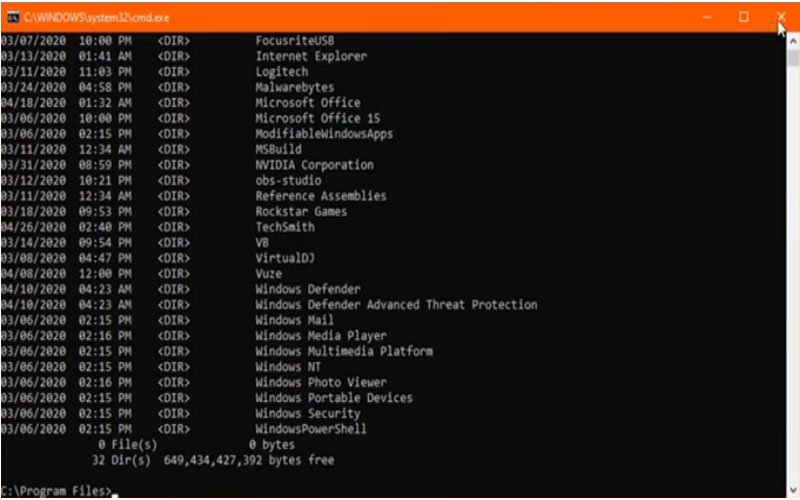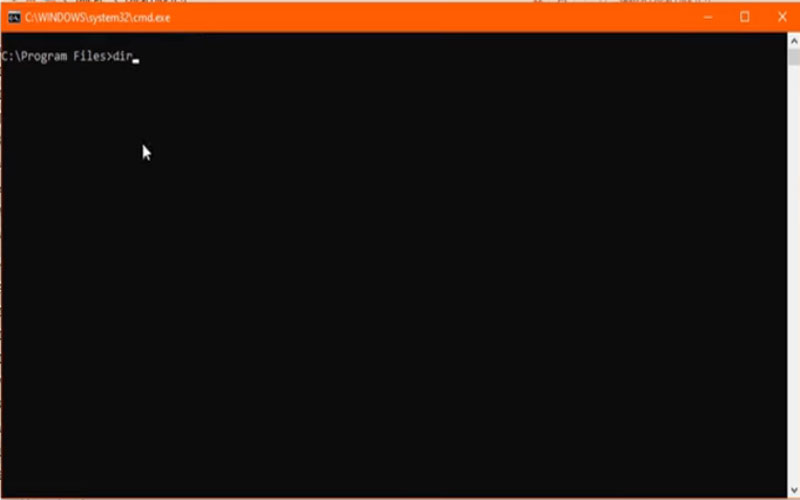In fact, Access Command Prompt allows you to open a command window in any folder. This application allows you to download it for free for PC Windows today.

After installing this application, it will allow you to open a command-line window from any folder on the system with the right mouse button.
Access Command Prompt Feature
This process will be much quicker and easier. The command line is an implementation of the MS-DOS console that has been active from Windows 3.0 through Windows 98.
From Windows XP on, it became an add-on to the system. However, you may need to open this window in very specific cases.
The main advantage of this application is that it will help you save time and experience the computer more smoothly. It even allows you to open the command line in a folder of your choice, with the right mouse button. Your operation will be much simpler.
Once you have found the folder where you want to open the command line window, you will only have to right-click and one of the options will be Open Command Window Here. When you select this option, a command line window will open, already in that folder.
Open Command Window Here is really a useful application that you should not ignore in the future. Get the app for PC Windows for free today.
Screenshots


Absolutely, here’s a guide on how to access the Command Prompt (CMD) window, also known as Command Window, on Windows operating systems:
Opening the Command Prompt:
There are several ways to launch the Access Command Prompt window:
1. Using the Start Menu:
- Click on the Start menu (Windows icon) in the taskbar.
- In the search bar, type “cmd” or “command prompt”.
- You’ll see “Command Prompt” appear in the search results. Click on it to launch.
2. Using the Run Dialog Box:
- Press the Windows key + R shortcut on your keyboard to open the Run dialog box.
- In the text field, type “cmd” or “command prompt”.
- Click “OK” or press Enter to launch the Command Prompt window.
3. Using File Explorer (Optional):
- Open File Explorer (folder icon in the taskbar).
- Navigate to the directory where you want to open the Command Prompt window (optional, CMD can open to the current directory).
- Hold down the Shift key and right-click anywhere in the empty space within the directory.
- Select “Open command window here” from the context menu.
4. Using Task Manager (Advanced Users):
- Press Ctrl + Shift + Esc keys to open Task Manager.
- Click on “File” menu and select “Run new task”.
- In the “Create new task” window, type “cmd” and check the box “Create this task with administrative privileges” if you need elevated access (running commands requiring administrator permissions).
- Click “OK” to launch the Command Prompt window.













